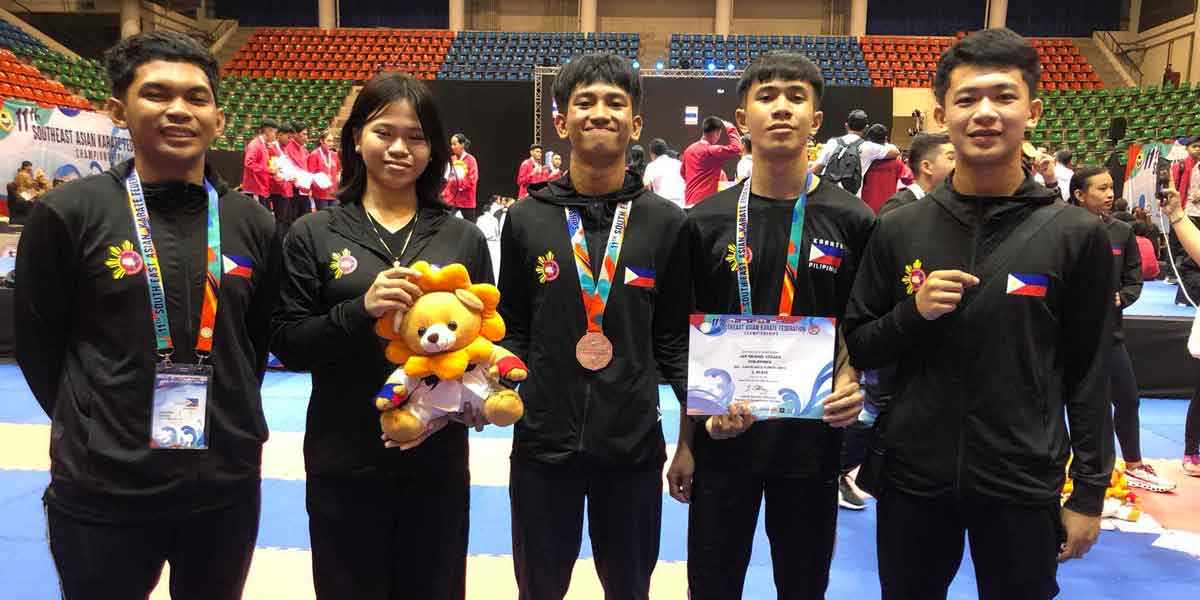 By Dr. Rex Casiple
By Dr. Rex Casiple
In August 2020, we celebrated the 53rd Association of Southeast Asian Nations (ASEAN) founding anniversary. This year’s celebration is chaired by Vietnam. The ASEAN was founded on August 8, 1967. It is composed of ten countries in Southeast Asia with noted differences in religion, culture and history. In this COVID-19 pandemic period it is important to know how our ASEAN neighbors reopened their schools.
Vietnam opened its schools in May 2020. Schools conducted face to face learning in a shortened school day. The class size was reduced to 20-25 students. And schools used a blended learning approach where teachers applied different forms of distance learning according to their preparedness and school teaching regulations.
Thailand opened classes between June 18 and July 1. Thailand used a blended learning approach. Class size was reduced to 20 to 25 students per class. Social distancing is observed where students and their desks were spaced one to two meters apart. Students were not allowed to eat their lunch in a group. Students spent part of their week learning at home in order to decongest the schools. The government provided its students with free online learning through free DL TV channels.
In Singapore classes opened in June 2020 with a blended learning approach and then upgraded to full face-to-face learning in a small class size of 10 students. Physical distancing, temperature check and other health protocols were strictly implemented.
In Brunei schools stocked cleaning detergents; student’s temperature was checked; and the use of hand sanitizers was required upon students before entering the school premises. Arrival and dismissal of students in schools are staggered. Class sizes are reduced to 15 to 18 students per class. Distancing markers are placed inside the school campus, classrooms and laboratories. In
Indonesia the school year opened in July 2020. Face-to-face classes are allowed in schools located in identified zones covering small enrolment. The rest of the schools in Indonesia are using blended and distance learning.
In Malaysia, schools opened in June 2020 using blended learning approach. During examinations, face to face was allowed. In Cambodia the opening of classes is delayed until year-end. Laos already opened their classes too while classes in Myanmar started in July 2020.
It is observed that almost all countries in the Southeast Asian region have allowed face-to-face learning despite the continuing threat of the COVID-19 pandemic. Almost all followed the same criteria in the learning approach and in health protocol. Many ASEAN countries are using blended learning through information and communications technology (ICT) and through traditional broadcast modalities. Study from home is the most likely option.
However, most of the ASEAN countries do not have the technology to support this learning approach. The majority of students from these countries have limited computer laboratories and equipment provided by schools. Many students cannot afford unlimited internet on their mobile devices. Many do not have access to fast internet. Internet penetration in some ASEAN countries is very low compared to other countries in Asia.
Studies showed that it will take two years to vaccinate people against COVID-19. As a developing country, we can use this time to upgrade our internet to enable our students to go online rather than wait for the vaccine. Under new normal, schools have to work with the new curriculum and syllabi to adjust learning approach with the present situation. Self-study or home study with the assistance of the parents on the part of the elementary pupil and high school students is encouraged. When a vaccine is already available and it is safe to go back to school, the government can do various programs to cover lost time caused by the pandemic through alternative learning systems (ALS) applied in the promotion of students. As a country with a higher number of COVID-19 cases, we don’t need to rush and sacrifice the health of our students. Prevention is better than cure.






















